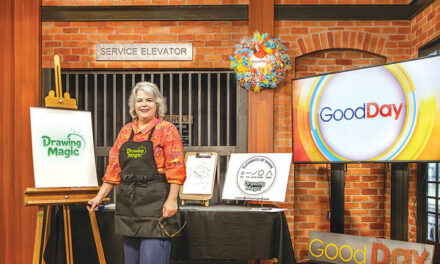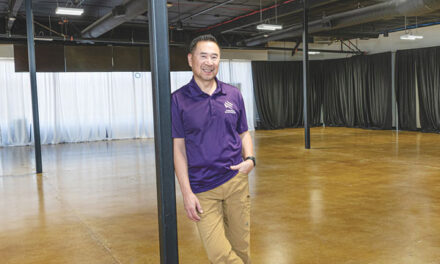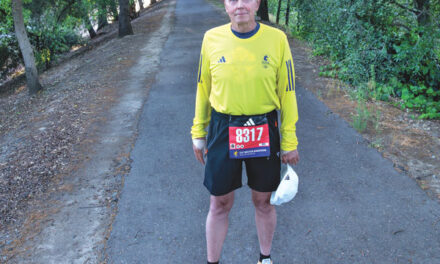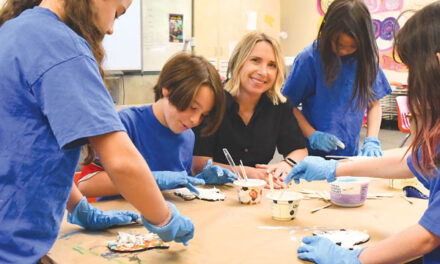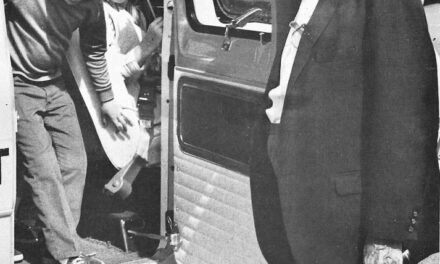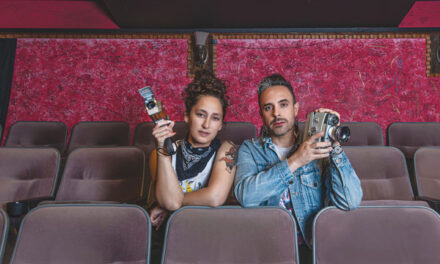The next time you see bursts of poppies, lupins and yarrows along the highway and wonder how they grow in such harsh environments, you’re probably looking at the work of Miridae Living Labs.
Specifically, you’re looking at the work of Miridae Living Labs’ Seed Pile Project, run by a team that includes Caroline Larsen-Bircher, co-founder and director of Miridae Living Labs.
As the nonprofit arm of Miridae, a landscape design-build firm, Miridae Living Labs brings science education to the community, with hands-on programming such as the Seed Pile Project.
“The main thing Miridae Living Labs is working on is community science. It’s often called citizen science, but we prefer the word ‘community,’” Larsen-Bircher says.
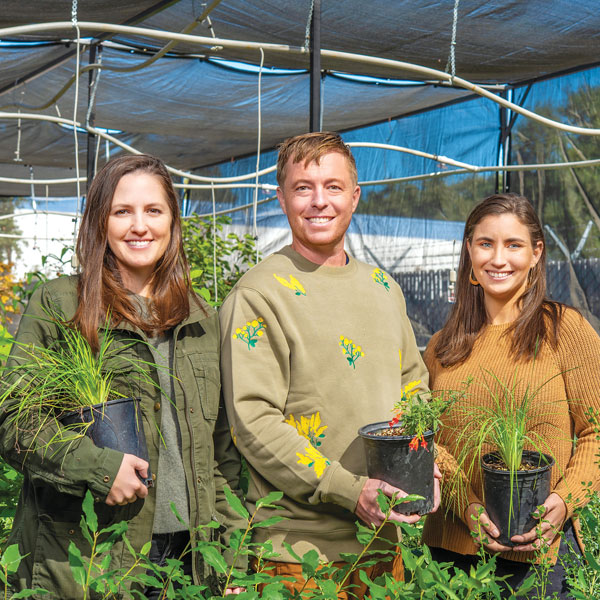
She continues, “For our Seed Pile Project, which is going into its third year, we give community members across the greater Sacramento area packets of local California native seeds. We ask them to drop the pile somewhere in their built environment—in their neighborhoods, transportation corridors, along their commute—and go back and collect data every month to see which wildflowers are doing well.”
These community scientists contribute to a network that helps inform design decisions at Miridae and local infrastructure projects.
“By knowing which types of plants tolerate the urban environment and spread inexpensively by seeds, Caltrans can toss them out (at job sites) and we’ll know there’s a high likelihood of germination,” Larsen-Bircher says.
Beneficial insects—or insects in general—have long been a passion of Larsen-Bircher. As a kid, she would “run around and play with bugs, stare at ants and try to figure out the world around us.”
Her interests led to a Ph.D. in ecology at UC Davis, where she met Billy Krimmel, founder of Miridae (named for the Latin term for a family of insects known as “plant bugs” or mirids) and co-owner of Miridae Living Labs.
Miridae has a three-pronged approach to promote native biodiversity in the urban environment. The firm oversees landscape architecture and construction on residential, high-acreage and community projects.
Miridae Living Labs provides education through hands-on mobile science classes, initiatives that include the Seed Pile Project and creation of “living lab” gardens. Among local sites are Sierra 2 Center and David Lubin Elementary.
Miridae Mobile Nursery brings plants to people. A customized box truck drives to neighborhoods and community events where it transforms into a curbside native plant shop.
“The Mobile Nursery is a huge favorite and has been an amazing success,” Larsen-Bircher says. “We pushed to get it going during the beginning of COVID because we needed a place where people could gather safely outside and access native plants. All the profits go to Miridae Living Labs.”
Whether helping kids and adults explore the natural world or learn more about how they can positively impact native plants and arthropods, the Miridae team is determined to promote conservation and connection, one lupin at a time.
“Getting people to connect to the tiny world around us gets them excited,” Larsen-Bircher says. “It’s a low barrier to entry. There are bugs and plants everywhere. It’s something that’s accessible. Science doesn’t have to just be in a lab.”
For information, visit miridaelivinglabs.org. Follow them on Instagram @miridaelivinglabs to find out how to get involved in the Seed Pile Project.
Jessica Laskey can be reached at jessrlaskey@gmail.com. Previous profiles can be found and shared at InsideSacramento.com. Follow us on Facebook, Twitter and Instagram @insidesacramento.




